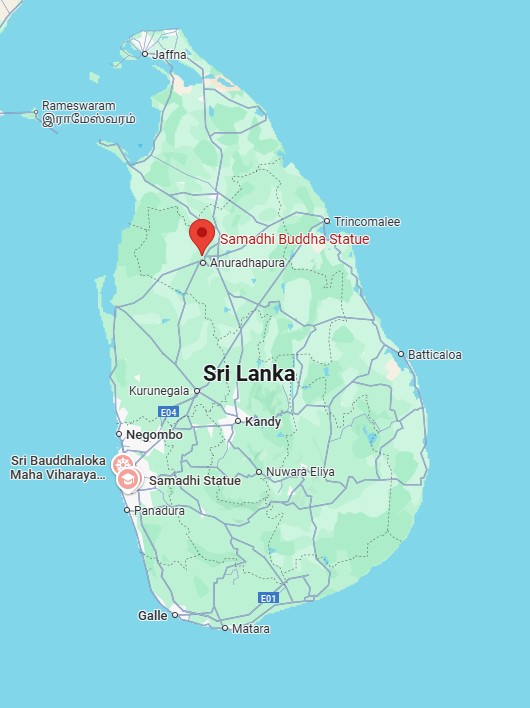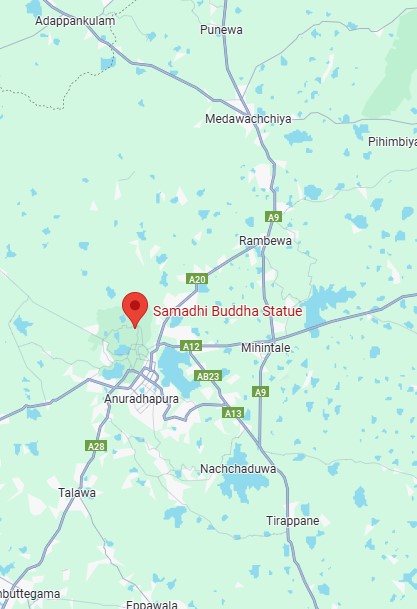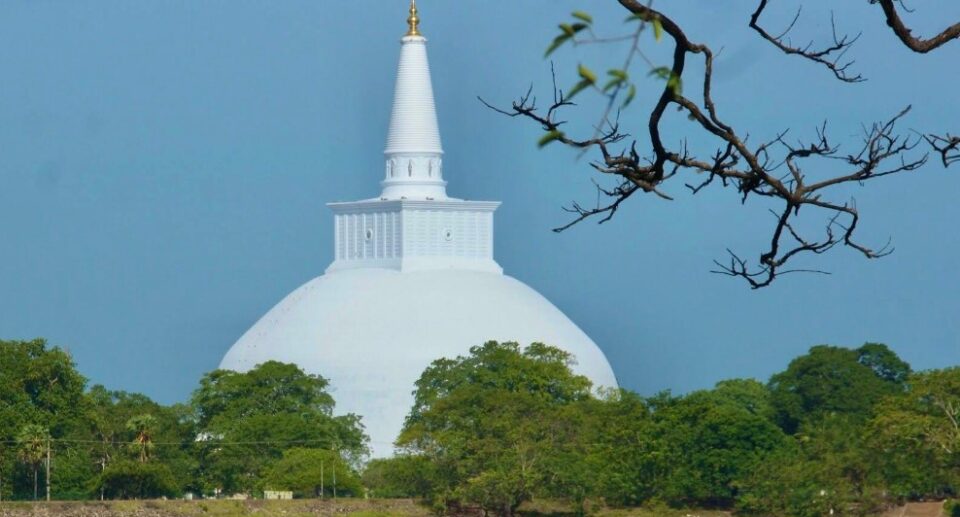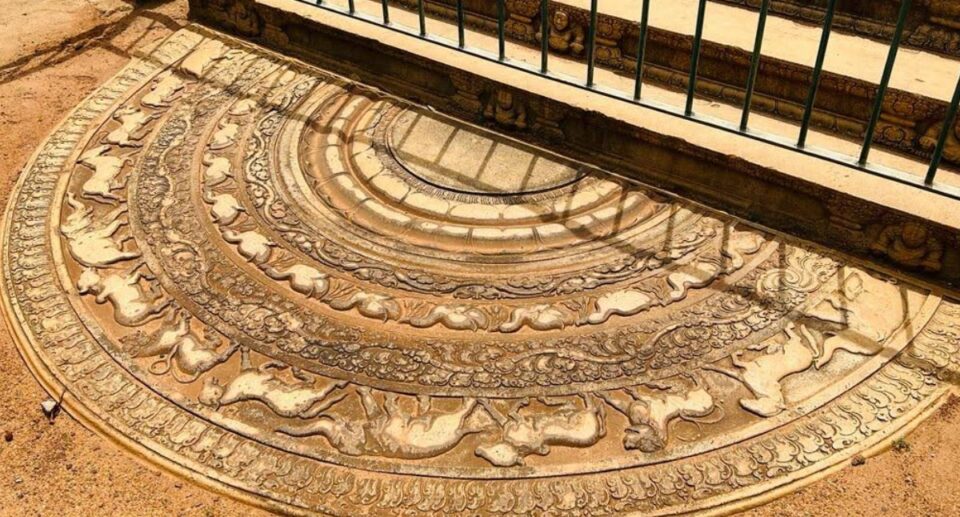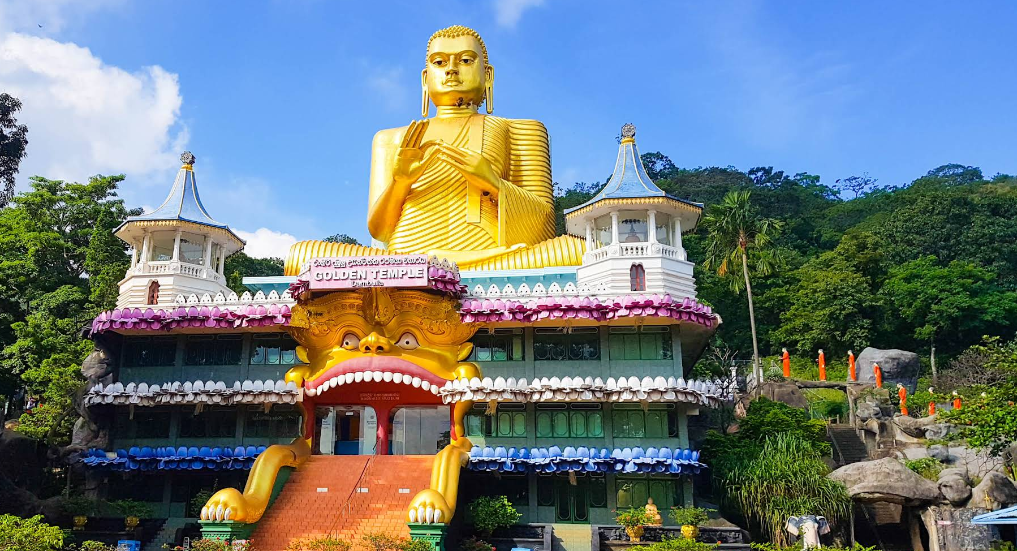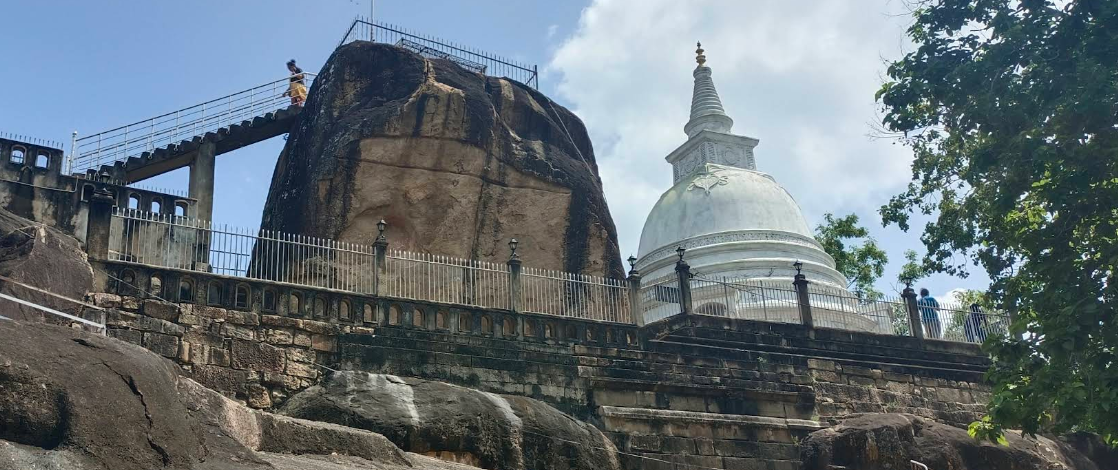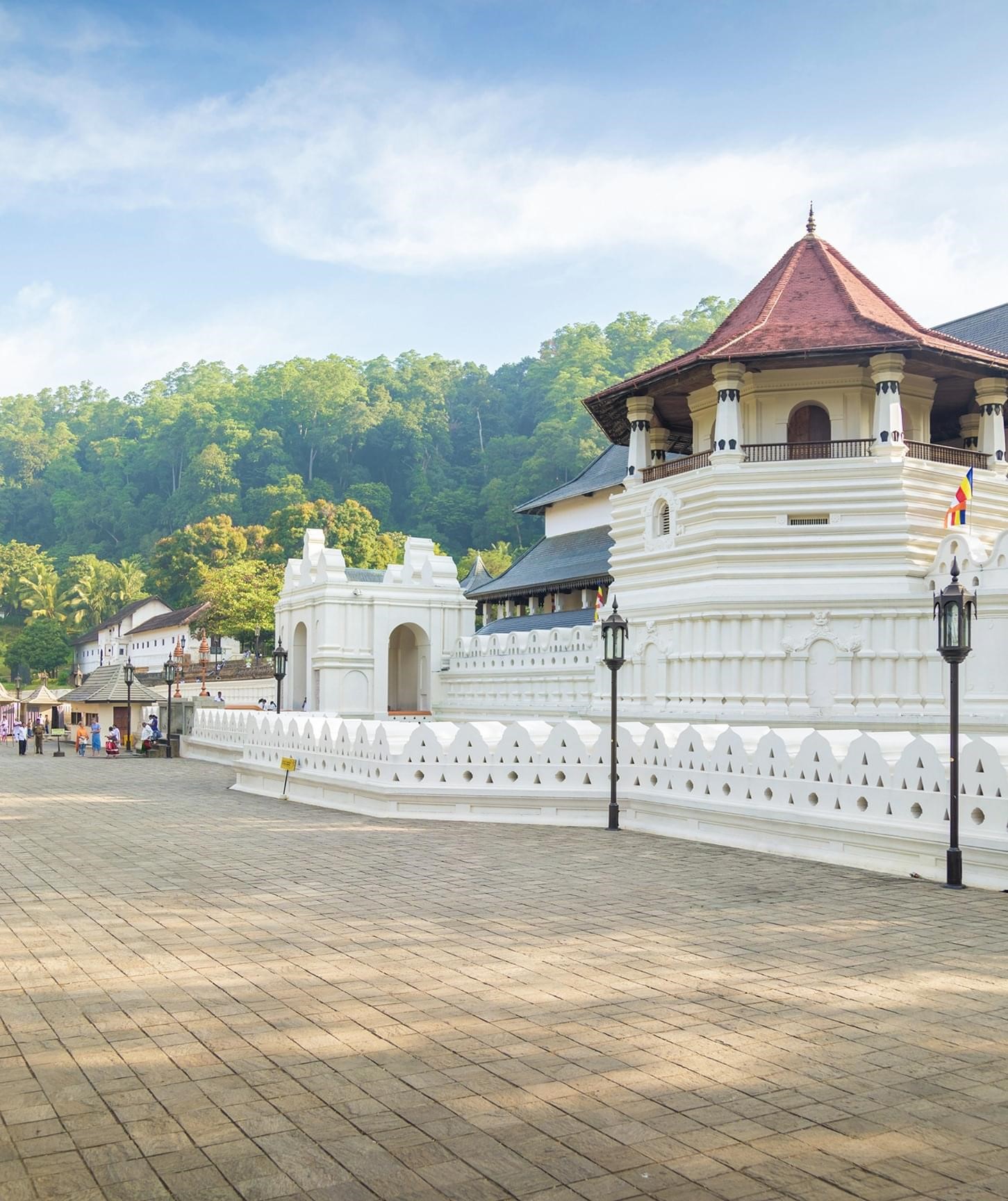Samadhi Statue: A Timeless Symbol of Buddhist Serenity and Sri Lankan Heritage
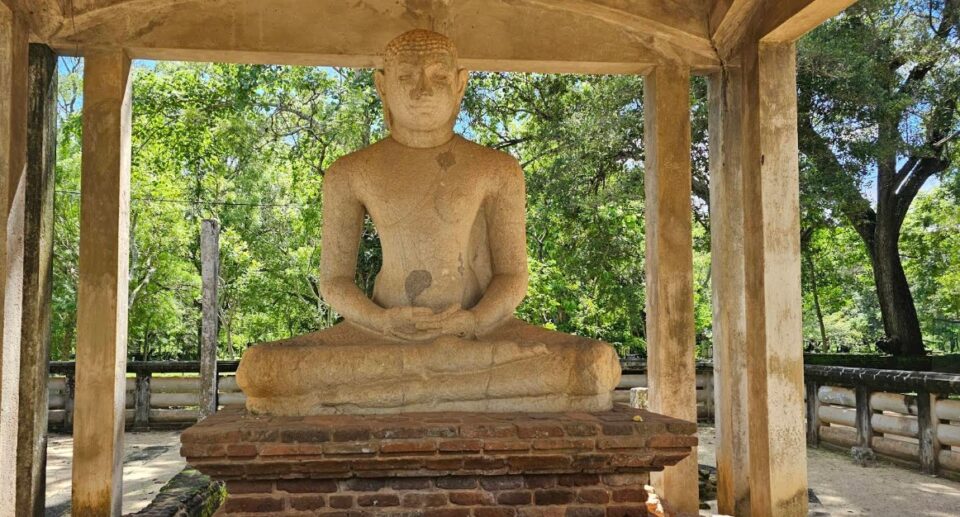
Standing in the historic sacred city of Anuradhapura, Sri Lanka, is the Samadhi Statue, the most serene and spiritually profound Buddha depiction ever carved. This beautiful 4th- or 5th-century AD sculpture is not only great art but also an embodiment of the Buddhist meditation and enlightenment spirit. Regarded as a masterpiece of ancient Sinhalese art, the Samadhi Statue continues to be interesting to devotees, historians, and tourists alike. This essay examines the historical background, artistic features, spiritual significance, and cultural significance of the Samadhi Statue.
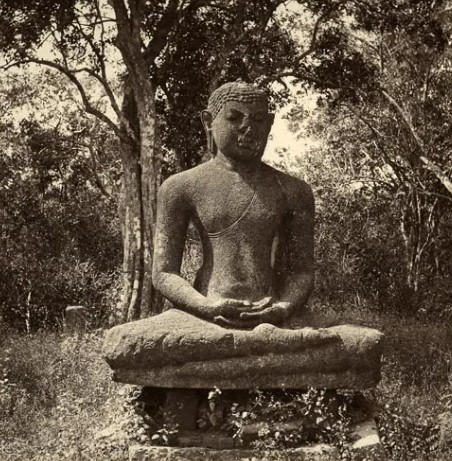
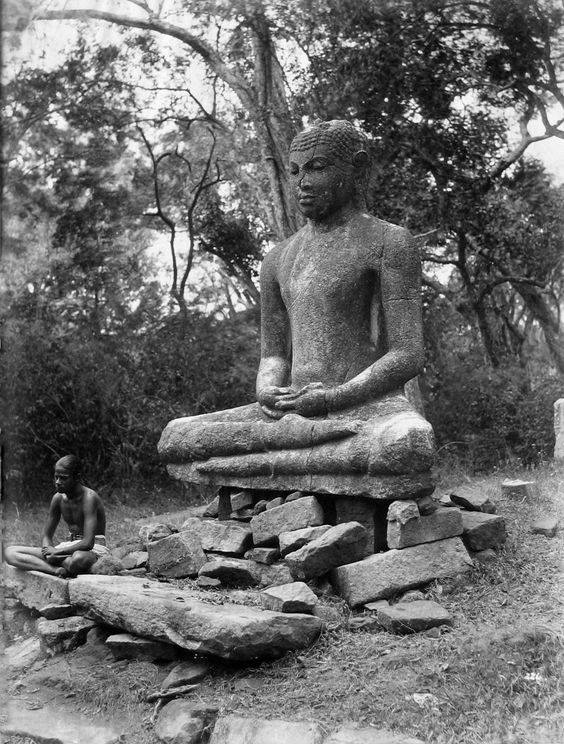
Historical Background
The Samadhi Statue is located at Mahamevnāwa Park in the ancient capital city of Sri Lanka, Anuradhapura, which is one of the largest and most significant Buddhist religious complexes in Sri Lanka. The statue is believed to have been constructed in the Anuradhapura period, when Buddhism was at its zenith with the patronage of kings and monks. Anuradhapura was both a political and religious capital and a seat of religious learning and monastic life.
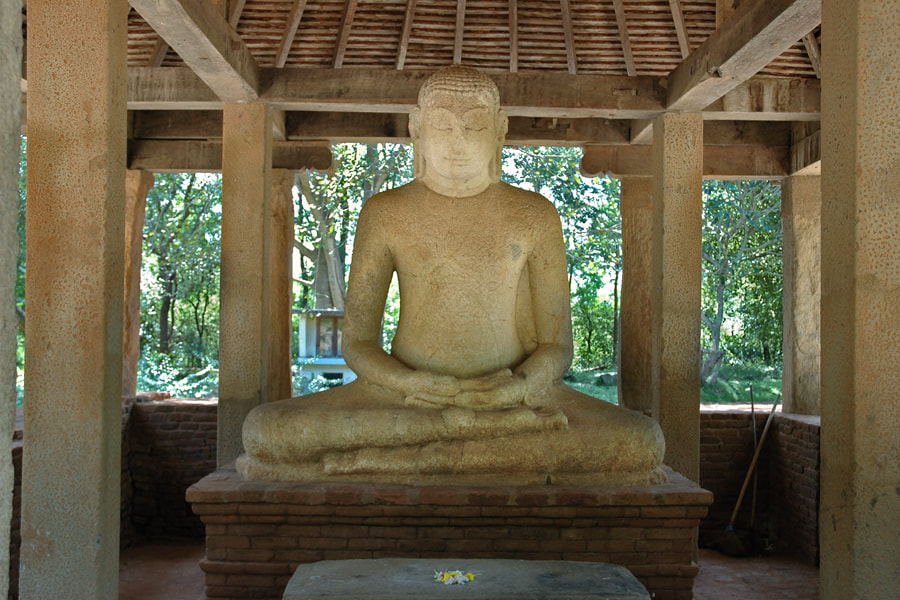
The word “Samadhi” refers to the state of deep meditation—one of the central features of Buddhist practice. The Buddha is shown in Dhyana Mudra, the meditating position he assumed when he attained enlightenment under Bodhi tree of Bodh Gaya, India. The Samadhi Statue has reportedly been constructed with the purpose of encouraging meditative practice and spiritual discipline among monks and faithful.
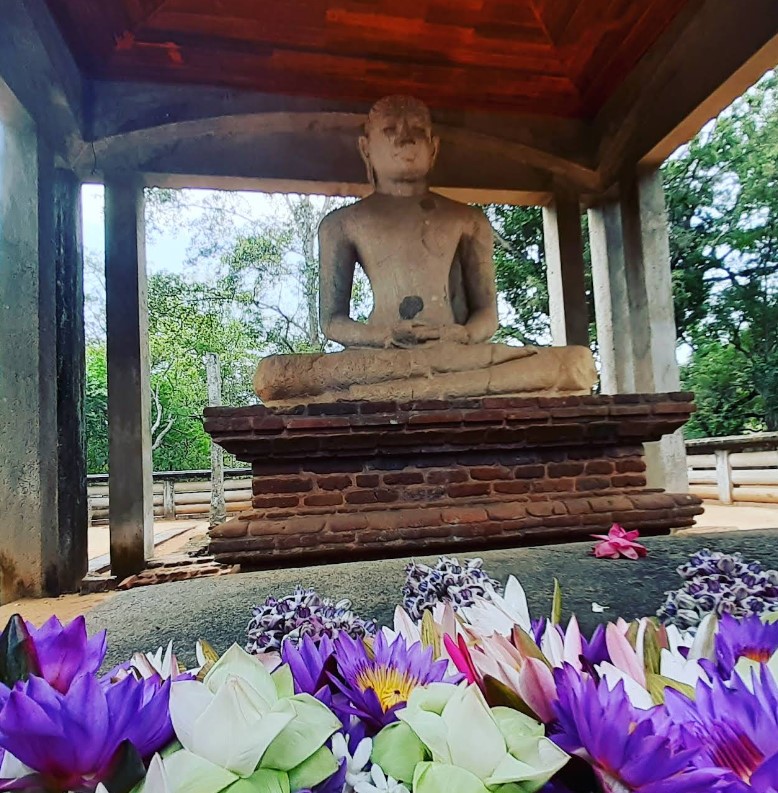
Artistic Features
The Samadhi Statue is carved from a single dolomite marble block and stands about 7 feet 3 inches (2.2 meters) high. The statue shows the Buddha cross-legged in the lotus position with hands in his lap—right hand over left, palms upwards—adopting the Dhyana Mudra, which is a posture of concentration and inner peace.
What makes the Samadhi Statue different from other Buddha statues found in Sri Lanka as well as the rest of the world is its lovely depiction of tranquility and religious detachment. The face is peaceful, with eyes lowered as if inviting the audience into a state of meditation. The facial features are proportionate, balanced, and symmetrical with such nicety that the statue radiates a powerful sense of peace.
Interestingly, the statue is renowned for an optical illusion—it is claimed to present a slightly different face when viewed from slightly different perspectives. When viewed from the front, the Buddha is serene and calm; when viewed from the sides, one can observe more intense face of deep concentration and spiritual awakening. The effect of this is a testament to the ancient sculptor’s exceptional skill and familiarity with the subject.
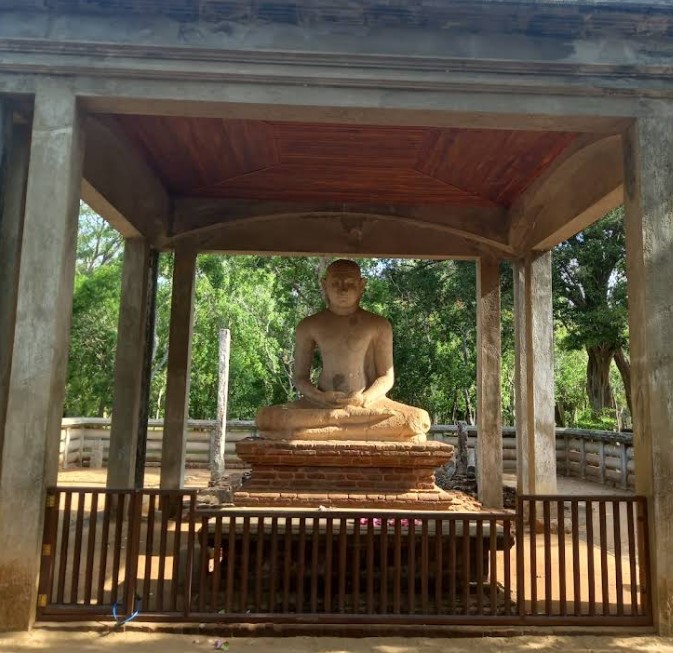
Symbolism and Spiritual Significance
The Samadhi Statue is not just a piece of sculpture—it is a profound symbol of the Buddhist spiritual journey of the Buddha. The meditating pose is associated with the incident of the enlightenment of the Buddha, and the statue is therefore a powerful symbol of spiritual enlightenment, renunciation of worldly desires, and attainment of Nirvana.
To Buddhist believers, the statue is an external and affective codel to meditation, mindfulness, and religious practice. It is described as a reminder to the faithful of the requirement of meditation in reaching freedom from suffering. Pilgrims visiting the statue will likely maintain silent meditation or offer flowers and incense as symbols of reverence.
Besides, the statue represents the core teachings of Buddhism: inner peace, compassion, equanimity, and mindfulness. It is a living testament to the Middle Path taught by the Buddha—a path of moderation, neither in extreme indulgence nor in austere asceticism.
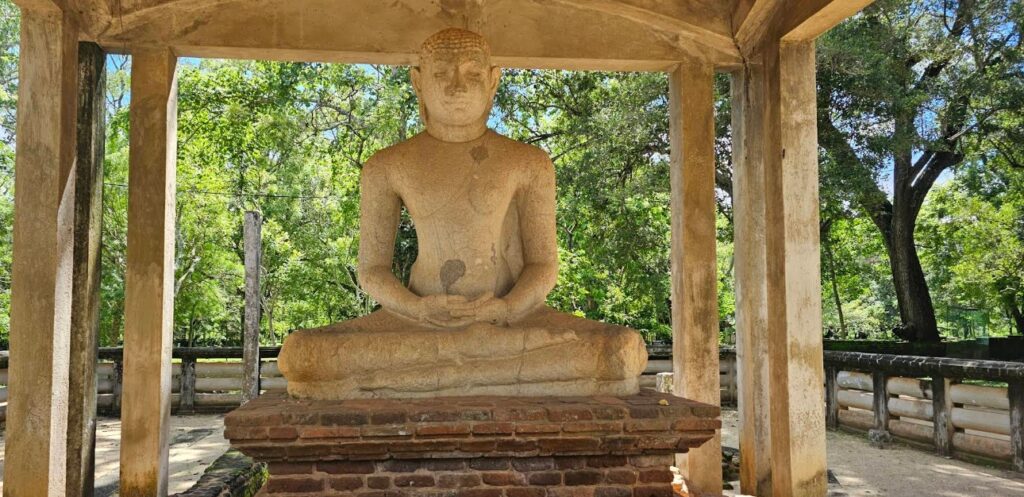
Cultural Significance
Over the centuries, the Samadhi Statue has come to be a metaphor for spiritual enlightenment. It is a metapher for national heritage and Sri Lankan identity. The beauty and religious significance of the statue have become something that Sri Lankans take pride in, and the statue can be found in books, paintings, literature, and tourist literature.
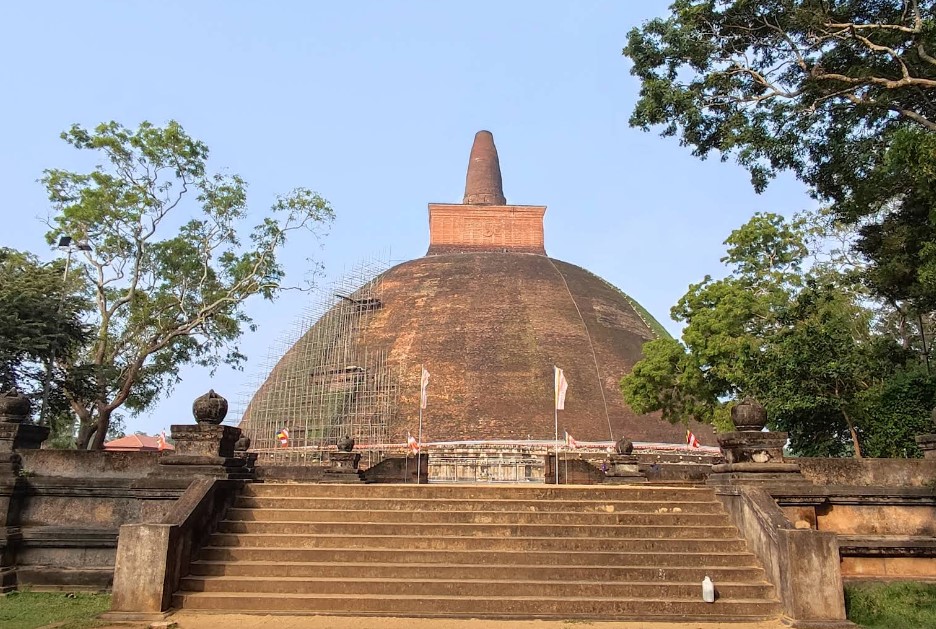
The statue also reflects the exquisite sculptural ability and aesthetic sensibilities of prehistoric Sri Lankan craftsmen. Similar to most other enormous religious statues, the Samadhi Statue is marked by nothing more than modest extravagance; it is simple, elegant, and profoundly moving—showing how Sri Lankan artists at that time emphasized spiritual depth over size.
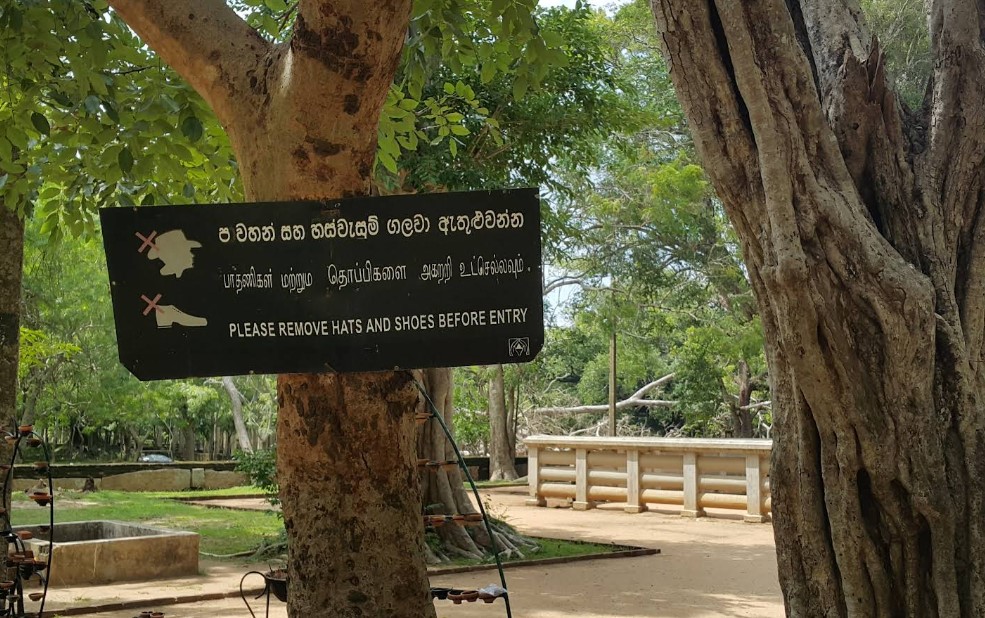
Rediscovery and Preservation
The statue was unearthed in the 19th century by British colonial archaeologists who were excavating the ancient city of Anuradhapura. It had been buried and overgrown by vegetation for centuries of abandonment since Anuradhapura was abandoned in the 11th century.
Since its re-discovery, the Samadhi Statue has undergone various restoration and conservation projects, led by the Sri Lankan Department of Archaeology and sponsored by Buddhist communities and global cultural organizations. The statue remains in its original position, with tidy well-maintained gardens around it and contributing to the peaceful atmosphere.
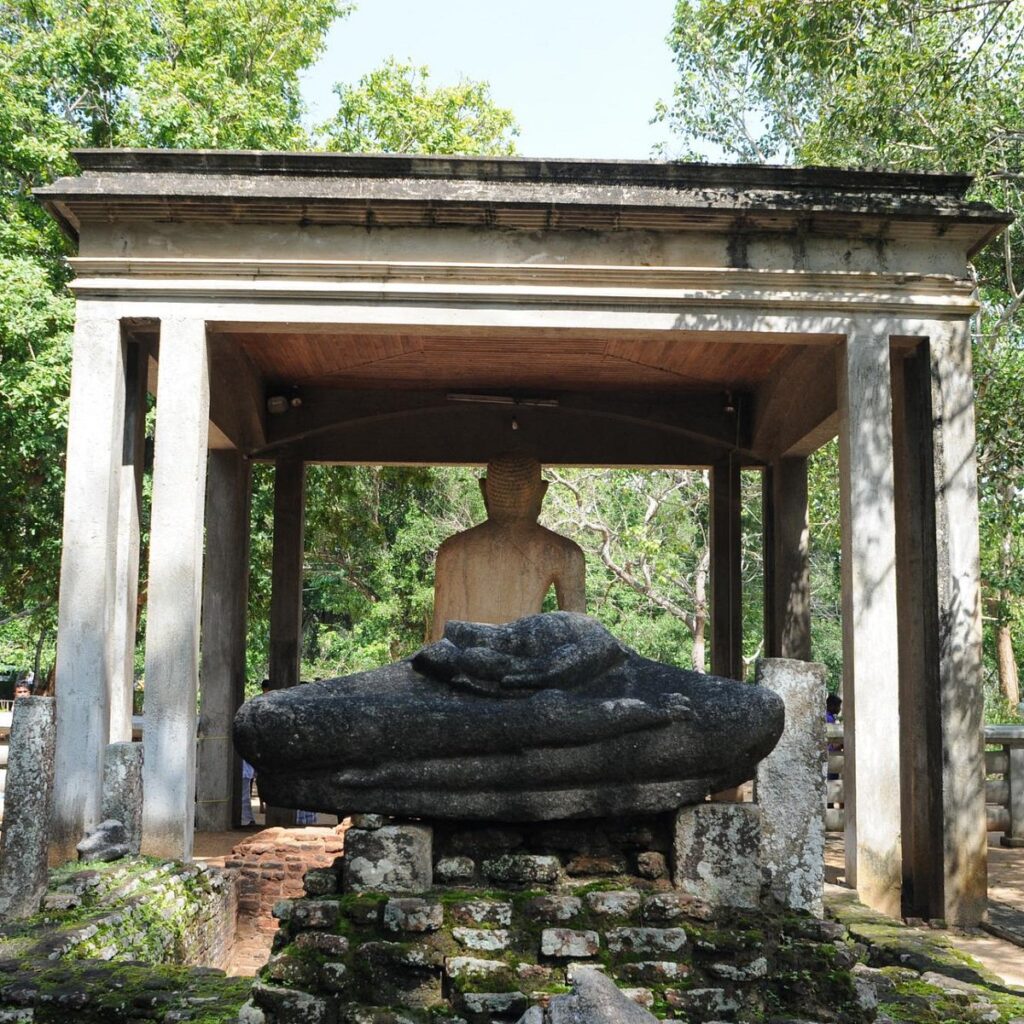
Visitors are requested to remove their shoes and dress modestly upon arrival at the location as it is still an active place of worship and spiritual reflection.
The Samadhi Statue Today
The Samadhi Statue is still a site of inspiration for people from different backgrounds—be they spiritual or not, local or international. Meditation groups, Buddhist monks, and spiritual travelers make the location frequent to reflect, pray, and meditate in the peaceful environment.
Apart from this, the statue has also drawn attention internationally. Other versions of the Samadhi Statue have been installed in other parts of the globe, such as India and America, because it is such a universal symbol of peace and awareness.
In an age of increasing materialism and inner conflict, the Samadhi Statue is a powerful antidote—a call to remember the profound peace possible through inner peace and meditation practice.
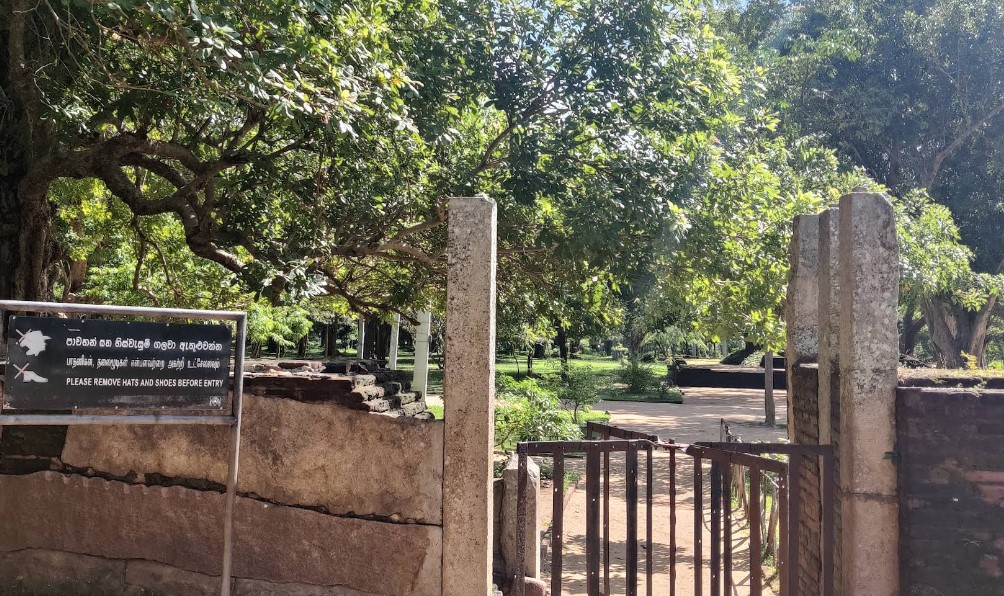
Visiting the Samadhi Statue
If you plan to visit the Samadhi Statue, here are a few tips:
Location: Mahamevnāwa Park, Anuradhapura, Sri Lanka
Accessibility: Accessible by tuk-tuk, bike, or on foot from central Anuradhapura
Best Time to Visit: Early morning or late afternoon, when light is soft and the site is quiet
Etiquette: Dress modestly, speak softly, and be respectful of individuals meditating
Combining a visit to the Samadhi Statue with visits to other surrounding spiritual sites such as the Jaya Sri Maha Bodhi, Ruwanwelisaya, and Thuparamaya can offer a rich and immersive spiritual experience.
